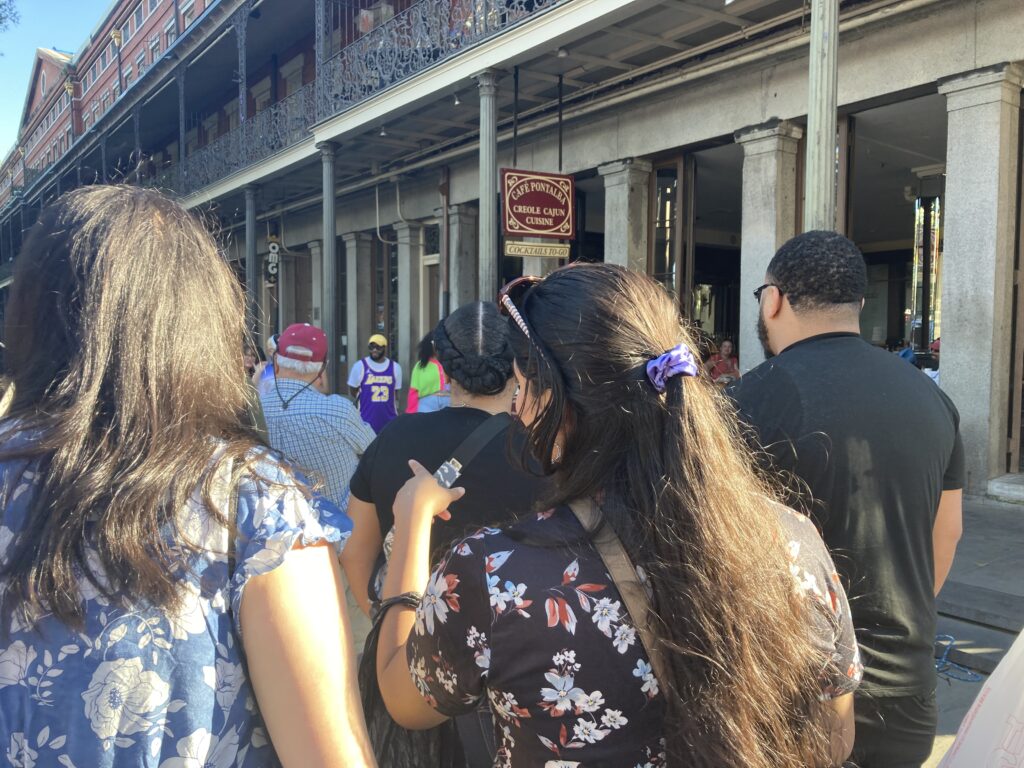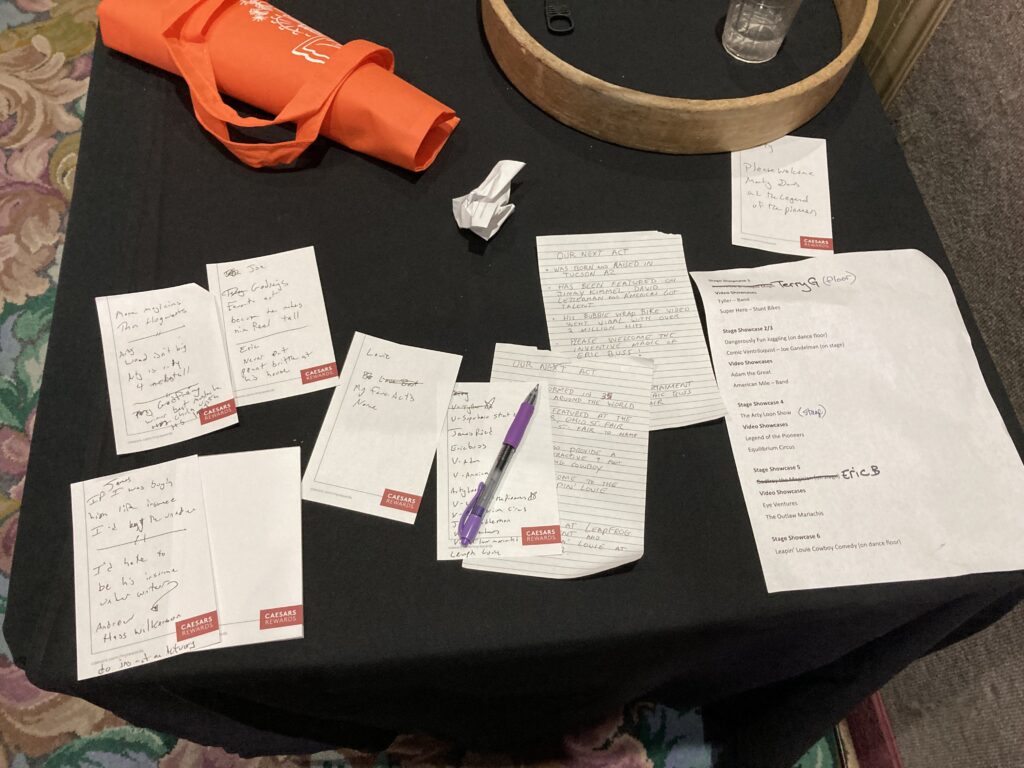Currently I do several shows for different venues or audiences. Each of these shows has its own case, however there are some props that I only have one of, so I need to move that prop from case to case. I’m in the process of building or acquiring the multiples of that prop.
While I was putting the remote controls into the Applause Please V2‘s that I’m building, I wired up a second alarm clock with a remote control.
I use this prop in my Incredible Idioms school assembly show and in my general kid show. By not having to move it from case to case, it saves me time and I don’t have to worry about it not being in the case!
If you do multiple shows, having a dedicated case and props really saves a lot of time as there’s no packing to do the show, just grab the case and go!
-Louie












